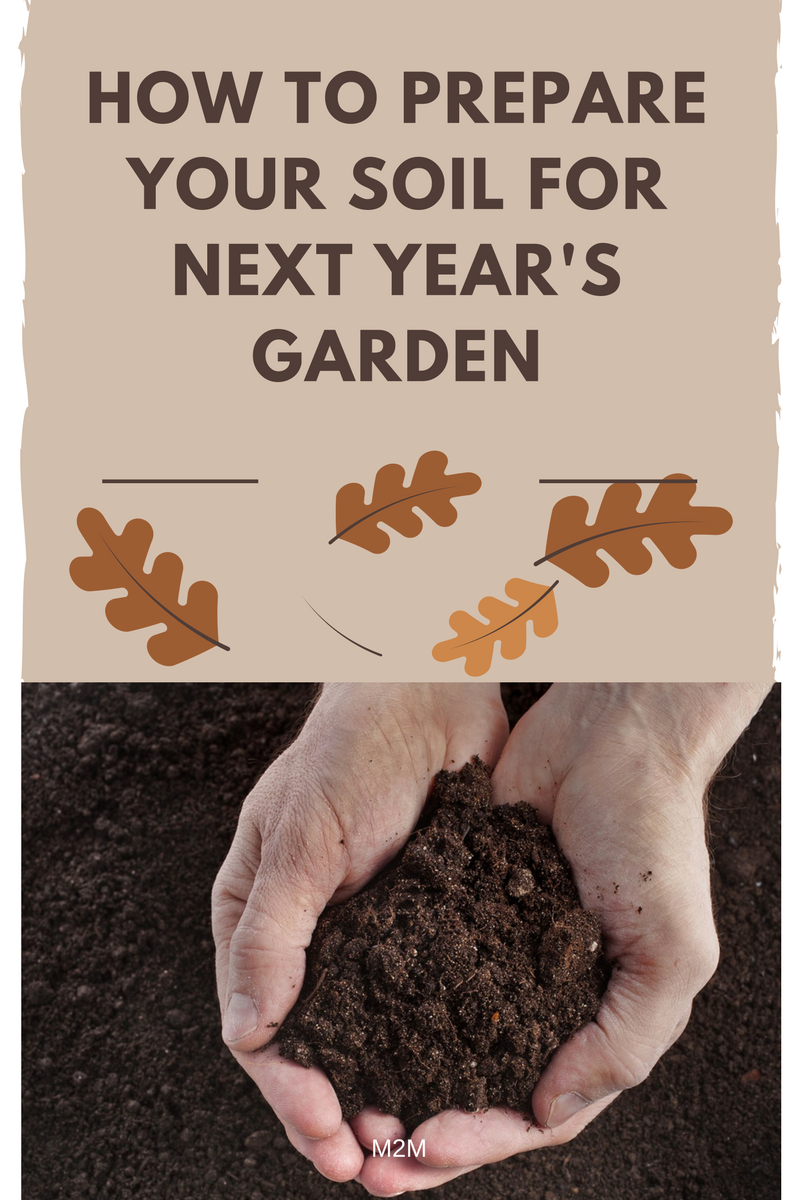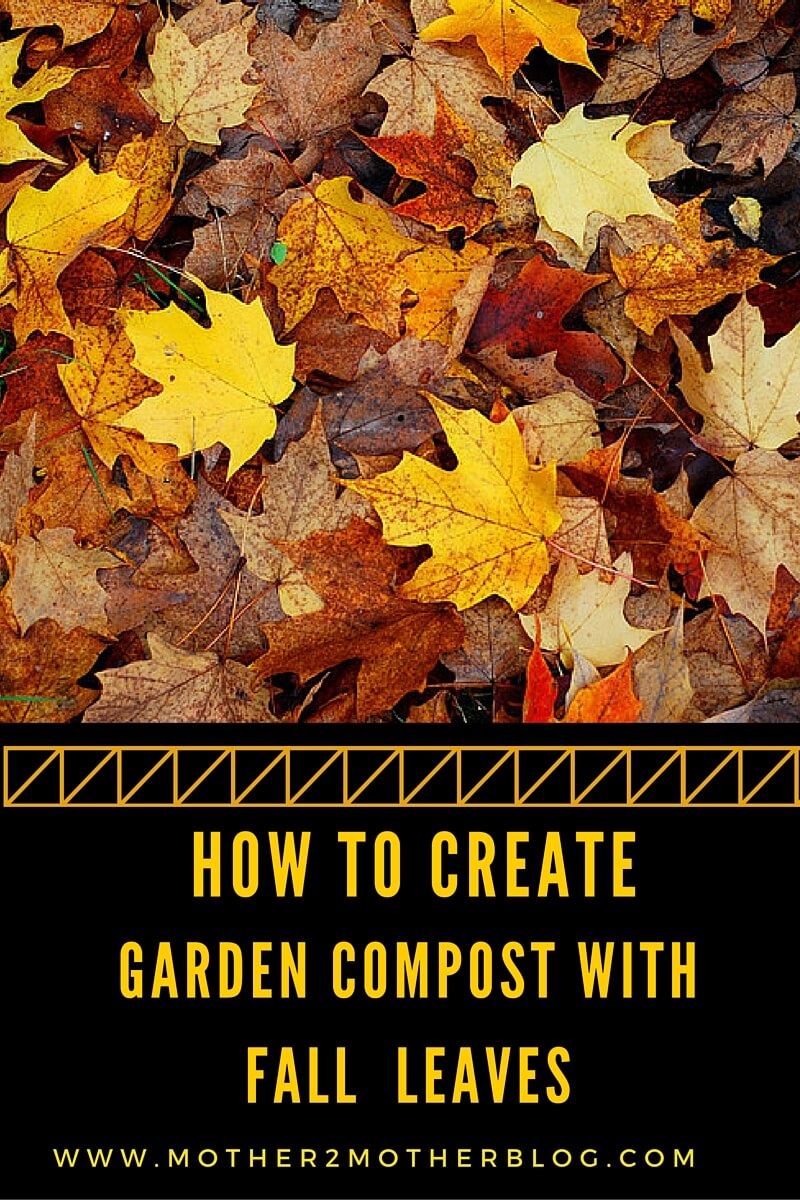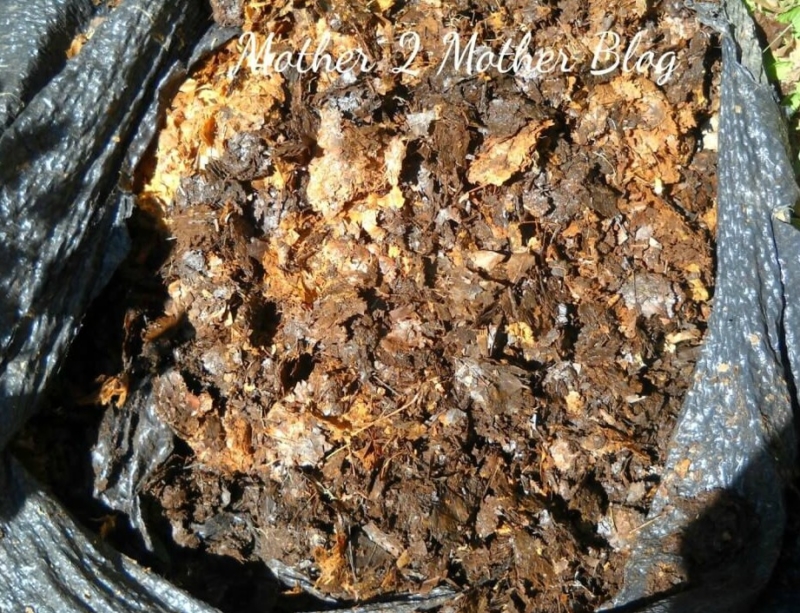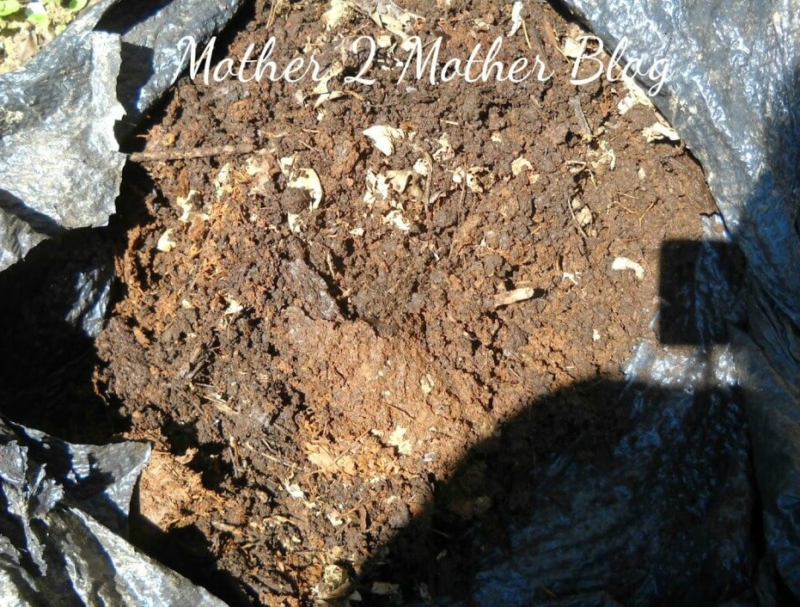Backyard vegetable gardening requires gardeners to prepare for next year’s crops, literally starting from the ground up. The growing season may be coming to an end, but your job as a gardener is far from over. Today, I’m sharing gardening tips on how important garden soil preparation is. We are all aware that a plant’s success begins with the quality of the soil in which it is planted.

Follow these self-sustaining methods to ensure a healthier garden next year:
Tidy Things Up
Clear out dying plant, pesky weeds, and other debris. Uproot vegetables to rid the soil of lingering insects that might be nesting in them. Often times they will lay their eggs in the vines on the surface. If left to rot, the eggs can easily survive through winter and cause issues upon hatching in spring. For composting, it’s okay to save some plants and twigs as long as you’re confident they aren’t hosting any diseases. They make great additions to your compost heap and pass on nutrients to future crops.
Consider Planting a Cover Crop
If you’re like most gardeners, you might long for fresh dirt under your fingernails and a spade in hand. Instead of daydreaming about the first buds of spring, why not create your own hardy winter garden? Be sure to choose plants that root themselves deeply such as Crimson Clover or Winter Rye. Once spring arrives, it’s important to cut these plants short and incorporate them into the soil to halt growth. Allow approximately three weeks for your winter garden to decompose before planting new crops.
Add Plenty of Nutrients
Whether your soil will be vacant for the time being or not, it still requires a bit of care. Look to your compost heap, or even freshly fallen leaves, for all your soil prepping needs. Be sure to dig deep when mixing compost into raised beds for optimal decomposing. Don’t have any compost? No need to fret! Head over to your local supermarket or hardware store to purchase natural fertilizers and/or manure. If you’re in a time crunch consider ordering online from reputable sources, like Nature Safe, for your garden needs. Top off your soil with store-bought mulch or make your own with shredded dry leaves.
By following these steps, you’re well on your way to starting next year’s garden on the right foot. Garden soil preparation is key. So, begin these projects immediately after your final harvest for the best results. Thank yourself for it later when you’re reaping the benefits in spring.
About the writer: Emma is a freelance writer currently living in Boston, MA. She writes most often on education and business. To see more from Emma, say hi on Twitter @EmmaSturgis2







